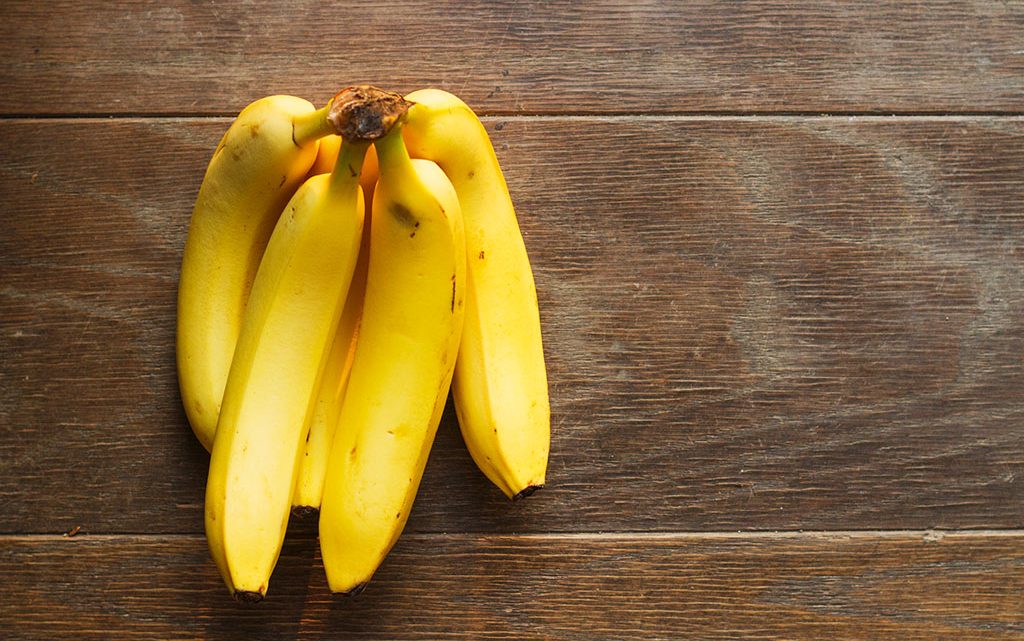With all this doom and gloom around us, let’s talk about something more fun. Bananas!
Bananas are an inexpensive, nutritious, and versatile fruit. Originally, bananas were native to Indomalaya and Australia and then were first domesticated in Papua New Guinea. The largest producers of bananas currently are China and India. There are many varieties of bananas ranging in size, color, and tenderness. Plantains are often confused with bananas but have a firmer and less sweet nature. For our reference, this article will be referring to the soft, sweet typical bananas you can find in a grocery store in the United States.
Bananas are a nutritious food. They contain high levels of potassium, magnesium, copper, vitamin C, vitamin B6, and many other nutrients. An average-sized banana has roughly 105 calories and 3 grams of fiber. The fiber content of bananas can aid in digestion, help you feel full, and help prevent and treat gastrointestinal issues such as; constipation and heartburn.
The greener a banana is the higher the amount of resistant starch and lower sugar content than ripe bananas. Those with Type 2 Diabetes are better off eating a green banana than a yellow for this reason. Unripe bananas can also help you absorb nutrients, like calcium better than ripe bananas can. Eating unripe bananas may cause bloating and gas due to the higher starch content. Ripe bananas are easier to digest due to the starch in them has converted to simple sugars. Antioxidant levels are higher in ripe bananas as well as higher immunity enhancement qualities. The higher sugar content in ripe bananas makes them difficult for those with Type 2 Diabetes.
It is best to store bananas at room temperature. Keep them on your counter, hanging if possible. This will not only help them ripen evenly but will also remind you to eat them because they are in your line of sight more often. When bananas are stored in the fridge or in an airtight container they ripen more quickly due to the ethylene gas. Trapping this gas with bananas helps them ripen faster. If you do need to ripen bananas quickly, however, store them in a paper bag in the refrigerator.
Bananas are ideal for anyone who is able to eat them. Children and athletes especially can benefit from eating bananas. Obviously bananas can be eaten alone. Bananas can be eaten sliced on peanut butter toast, mashed up into oatmeal, blended into a morning smoothie, added into a protein shake, frozen and made into banana ice cream, in fruit salads, in or on pancakes, and many, many other ways.
While we are talking about bananas, I bet you open your banana the wrong way! Many people open bananas using the long stem as a sort of zipper to pull the peel off of the banana. You are better off opening the banana on the other end and using the stem as a handle while eating your delicious fruit. To further prove the point, when opening a banana from the non-stem side there are no strings clinging to the banana.
For a healthy use of bananas consider this recipe. Add two cups of frozen strawberries with 2 peeled bananas in a high-speed blender along with one cup of unsweetened plant-based milk and one cup of ice. Blend together completely and enjoy.
Bananas can be enjoyed at any time of year. They are a healthy snack and can be a part of a balanced meal your entire family can enjoy.










